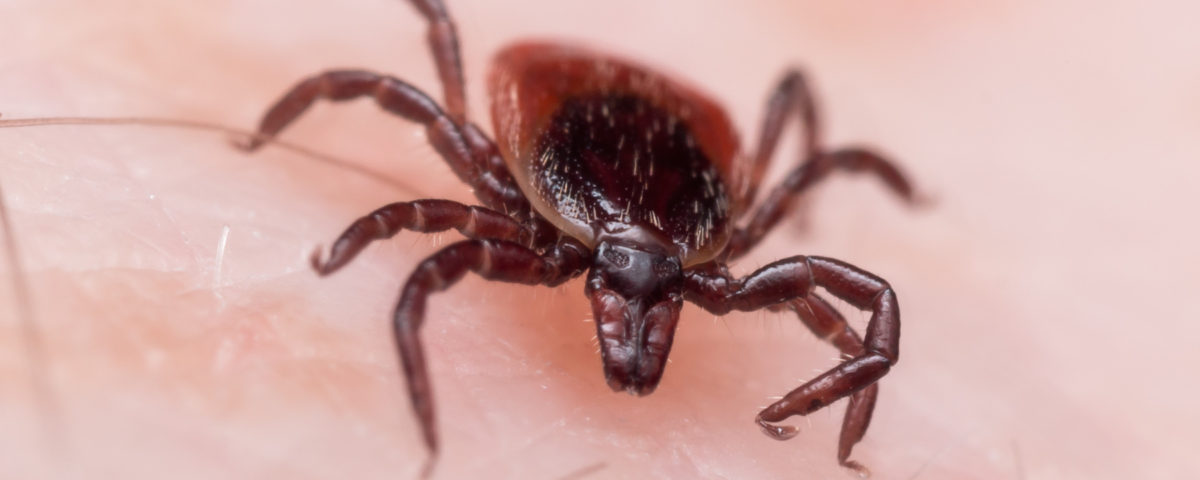Ticks and What You Should Know Even in Winter Months
Why Mosquito Control Is Important
December 21, 2016
How something as small as the period at the end of this sentence could mess up your life.
March 17, 2017Heading outside this winter? The surprising risk you face, and how to protect yourself from it.
When you get ready for outdoor activities during winter months, you probably think most about keeping warm and dry. You dress in layers, wear gloves and a hat, and proper footwear. But there’s a hazard facing you that you might not expect.
Did you remember to guard against ticks?
Ticks in the winter? Aren’t ticks only a problem in the summer?
Surprisingly, no. Ticks do not die out during the winter. Although some species do become dormant, the type of tick that spreads Lyme disease remains active any time the temperature is above freezing.
Many people have developed the habit of using tick-preventative behaviors during the summer, but don’t even think about it the rest of the year. But most of us try to keep active all year round, and when we go outdoors to walk, hike or play, we need to think about tick exposure.
In fact, the most common way of getting Lyme disease is through casual activity in our own backyard. We may remember to take precautions when we go out for a hike, but we rarely take any anti-tick steps when we’re just walking to the mailbox, trimming the hedges or clearing sticks from the lawn.
So, even though it’s not summer, be sure to take these important steps all year round to prevent tick exposure and possible Lyme disease:
- When walking along wooded trails, keep to the center of the trail and avoid brushing against branches
- Use insect repellent on clothing and any exposed skin. Be sure it’s at least 20% – 50% DEET.
- Consider using clothing pre-treated with insecticides like Permethrin if you regularly walk or are active in areas with lots of ticks or deer. Or you can do it yourself, by applying products that have 0.5% Permethrin on your clothing and letting it dry thoroughly before wearing. Permethrin is not safe to use directly on skin.
- Wear appropriate tick-resistant clothing. That means light-colored clothes which make it easier to spot ticks. It also means long sleeves and long pants; tucking pants into socks and shirt into pants; and wearing a hat or cap.
- After you get home, do a thorough tick-check. Check your whole body, especially head/hair, armpits, behind the ears, around the neck, belly button, crotch, and any parts of the body with folds or creases. Use a mirror or have someone help you check.
- Check your children, pets, all clothing, backpacks, coats, etc.
- Bathe or shower within two hours after returning.
- Tumble dry clothing on high heat for one hour to kill any remaining ticks.
- Minimize areas around your home that attract or harbor ticks, like wood or leaf piles. If you live in an area with a large deer population, consider fencing to keep them out. Keep grass cut short and make sure you have clear pathways.
With a few common-sense precautions, and an awareness that ticks remain a danger even in winter, you can enjoy the outdoors safely all year round.

